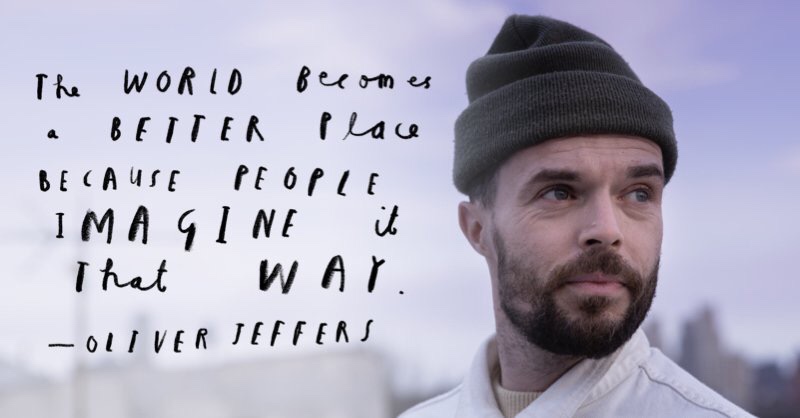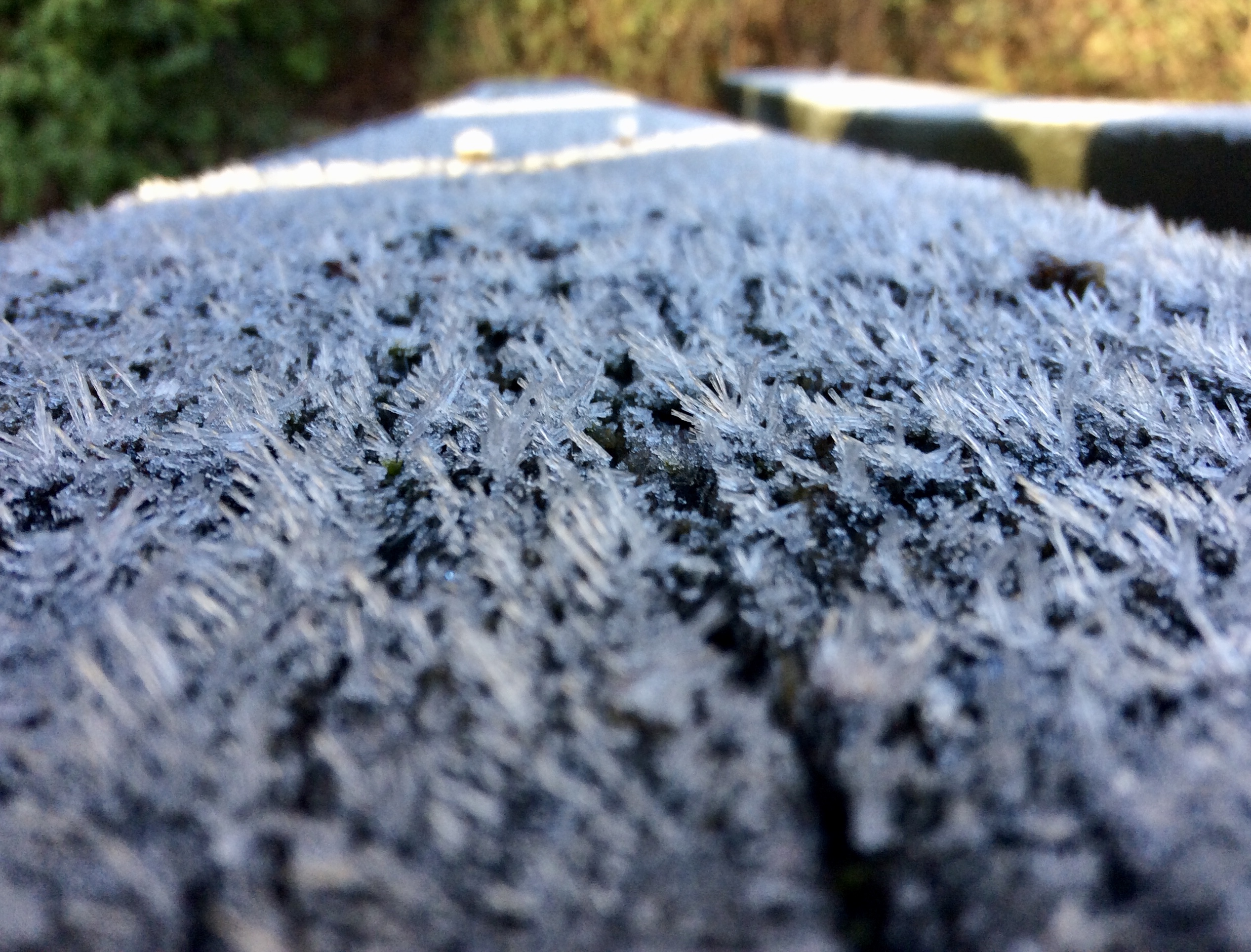I was set to travel to Isle of Wight and work with teachers on a Stories of a Lifetime project this week but Storm Ciara disrupted those plans. As weather becomes more unpredictable and increasingly extreme across the planet the conversation of climate action becomes more important.

“The SDGs are unique in that they cover issues that affect us all. They reaffirm our international commitment to end poverty, permanently, everywhere. They are ambitious in making sure no one is left behind. More importantly, they involve us all to build a more sustainable, safer, more prosperous planet for all humanity.”
During January I have been unpacking the United Nation’s Sustainable Development Goals and sharing ways that the goals can be discussed with young learners in school. These ideas link to the Young Children Can Create a Better Planet books which apply drawing, music, video and photography tools of iPad.
All 193 member countries of the United Nations signed and agreed to take action towards these goals, including Canada, USA, UK and Australia. Therefore, we have permission from the leaders of our countries to take action towards these goals in our classrooms. It is our duty to educate students on these global issues!

One target for this goal is to “Improve education, awareness-raising and human and institutional capacity on climate change mitigation, adaptation, impact reduction and early warning”. Acting on the climate begins with developing a relationship with plants and animals. Young children need to connect with the local area, their favourite animals and build knowledge about other habitats. With a strong relationship with plants and animals, children will be able to evaluate decisions and make informed choices.
Continue reading






 Next year, Earth Day will celebrate it’s 50th anniversary. Back in 1970, millions of people took to the streets to protest the impact of 150 years of industrial development. 49 years later, the campaign continues in 192 countries with over a billion people participating.
Next year, Earth Day will celebrate it’s 50th anniversary. Back in 1970, millions of people took to the streets to protest the impact of 150 years of industrial development. 49 years later, the campaign continues in 192 countries with over a billion people participating.

